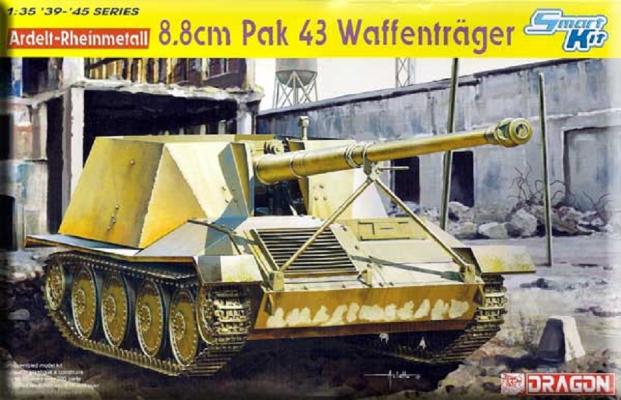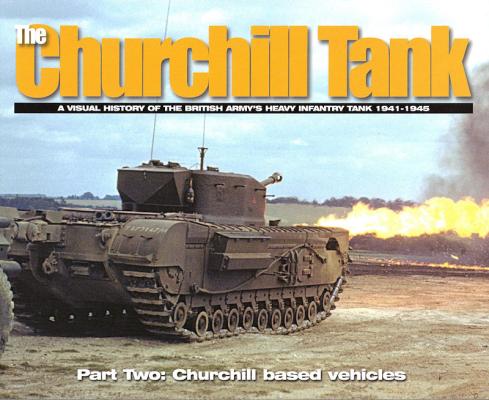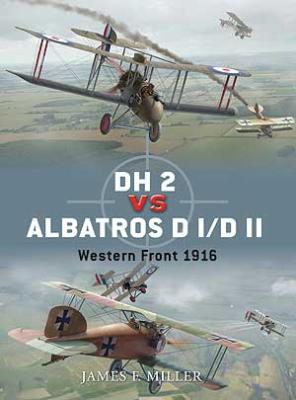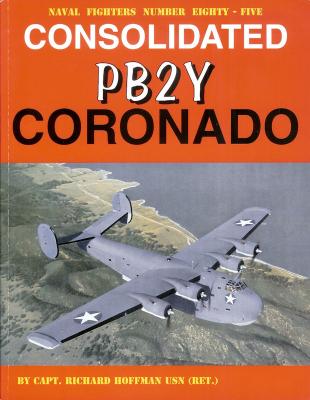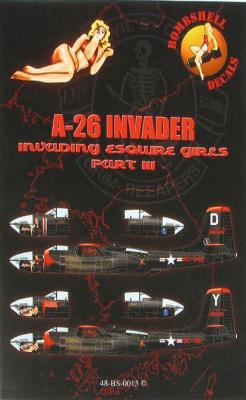This prototype vehicle is the Ardelt-Rheinmetall 8.8cm PaK 43 Waffenträger (weapons carrier). The idea behind this weapon system was a self-propelled mount for the powerful but heavy 8.8cm (88mm) antitank gun, as towed versions of this gun were too cumbersome for crews to move readily. The idea was that the gun could be dismounted if need be. Ardelt and Rheinmetall might have combined to build the first prototype and tests were conducted on this in April, 1945. It utilized a 38(t) or a Hetzer chassis with four road wheels per side. Sources differ on if these two companies worked together and on what chassis they used. But Dragon has created a one-of-a-kind self-propelled gun of an interesting idea.
Welcome to the IPMS/USA Reviews site!
Introduction: The primary organization of the IPMS/USA Review website is by IPMS/USA National Contest Class. Within each Class there are sub-menus by kits, decals, books, etc. The Miscellaneous Class is for items that are not class specific or that cross two or more classes.
IPMS/USA Members: We encourage you to submit reviews, both here and to the Journal. To volunteer for membership in the IPMS/USA "Reviewers Corps" and submit your own reviews, please read the Guidelines For Submitting Product Reviews.
Manufacturers, publishers, and other industry members: IPMS/USA is pleased to offer your company the opportunity for product reviews. All product reviews are performed by IPMS/USA members, and are posted in the publicly-accessible section of our website. With very few exceptions, we perform full build reviews of new kit releases, aftermarket products, and supplies. If you would care to provide product samples for review, please contact John Noack, IPMS/USA 1st VP.
To learn more about IPMS/USA, please see our About Us page.
This is the second volume in Ampersand Publishing’s pictorial history of the Churchill heavy infantry tank. The first volume covered the gun tanks, while this second volume covers the non-gun tanks, such as flame throwers, bridge layers, flail, and armored engineering vehicles. It is thus broken down into the following chapters:
History:
This is the first Ginter book I have had the pleasure of reading or reviewing. It is in the standard format of a softback book with card covers and is approx. 8 ½” x 11” in size. The text and photos are all printed on glossy, high quality paper.
There is a detailed history of the development of the PB2Y, followed by an in-depth operational history. This operational history includes details of many combat missions. High quality black and white photos are present on every page. There are also drawings and pages reproduced from technical manuals.
After the technical development section, the operational history is broken down into sections on the US Navy, the Naval Transport Service, service as an “Admiral’s Barge,” and the RAF. There are even a few pages dedicated to the Coronado’s Seaplane Tenders.
With most aircraft of WWII and the Korean War, nose art was common, though, if you are like me, you have been disappointed at times with the kit decals and their depiction of the nose art.
So along comes IPMS member Michael Kloppenburg, a graphic designer by trade, and his brand of decals! Bombshell Decals has done a small but steady stream of some fantastic decal work with nose art that looks almost as good as the real deal.
Bombshell’s latest releases cover six A-26 Invader aircraft spread over three separate releases. I have always liked the look of the A-26 Invader with its sleek blend of bomber and attack aircraft. Needless to say, I was instantly drawn to these new decals from Bombshell. The two aircraft covered in this set are











